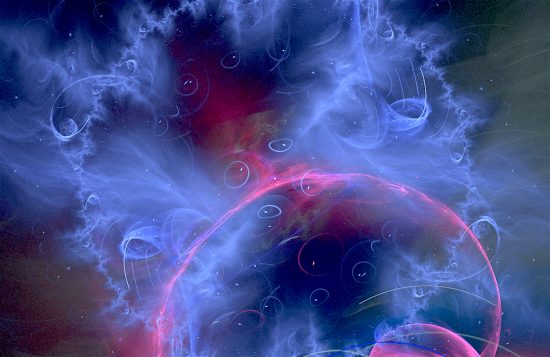Aug 23, 2017
Electromagnetism drives the cosmos.
NASA launched the Herschel Space Observatory into orbit around LaGrange point L2 on May 14, 2009. Since Herschel used liquid helium-cooled infrared detectors built to last about three years, its mission came to an end on April 29, 2013.
Herschel’s primary mission included observations of gas and dust too cold to see in visible light. However, even at temperatures well below freezing, there is radiation from objects at far-infrared and submillimeter wavelengths.
Those objects are often hidden, because dust clouds absorb visible light. However, they will then reradiate longer wavelengths, like the far-infrared and submillimeter bands. Telescopes on Earth cannot observe those spectra because of absorption by atmospheric moisture, however Herschel was equipped with the largest spaceborne mirror (3.5 meters in diameter), along with three of the most sensitive detectors ever built, so it was able to analyze light in the 60-670 micron range.
As mentioned in previous Pictures of the Day, Herschel found evidence for what Electric Universe advocates would call “electric circuits in space”, although astronomers commonly refer to them as “gravitationally bound” strands of gas and dust, resulting from “interstellar sonic booms”.
Contrary to kinetic explanations, based on gravity-only consensus viewpoints, it is known that filaments of electric charge can flow through plasmas. It is that theory of electric circuits composed of Birkeland currents that separates the Electric Universe from conventional approaches. Observational evidence can be correlated with laboratory experiments involving electromagnetic fields, whereas gravity-based theories are impossible to model in the laboratory.
Plasma is a state of matter, not a substance. Since matter falls into four categories, solid, liquid, gas, and plasma, it cannot be explained in simple terms. For instance, liquids exhibit multiple characteristics: temperature, composition, volume, etc. The same principle applies to the plasma state; plasma manifests many variable conditions. Since plasma phenomena are based on charge separation, they are ionized, by definition. Ion velocity in plasmas is determined by electric fields, and the degree of ionization affects a plasma’s general condition, making it more or less susceptible to electromagnetism.
In space, filaments of electric charge can be seen because electricity excites atomic energy states. Neon lamps glow when electricity affects neon plasma that is doped by mercury vapor. Planetary nebulae can be similarly explained: plasma excitation due to electric fields. In consensus astrophysics, gravity and kinetic forces, like shock waves, are invoked to explain temperature variations or radiation. The mainstream does not acknowledge that there are electric circuits in space.
Twisted plasma strands of similar width confirm the existence of those circuits. Electric discharges in plasmas form electromagnetic sheaths along their axes, and those sheathes will glow when enough power is applied. Double layers form when positive charges build up in one region and negative charges build up nearby, causing electric fields that accelerate charged particles. Charge acceleration “pinches” electric current channels into filaments that attract. However, when plasma strands approach each other, instead of merging, they twist into a helix that rotates faster as it compresses tighter. Those formations are the Birkeland currents essential to cosmic structures like nebulae and galaxies.
The Universe is shot-through with electric circuits, and twisting Birkeland currents identify power-consuming loads in those circuits. That is the reason stars and galaxies often coalesce in long arcs. Formations in space, such as those revealed by Herschel, should be evaluated in light of electrodynamic principles and not kinetics. Gravity is a weak force compared to electricity.
Stephen Smith













